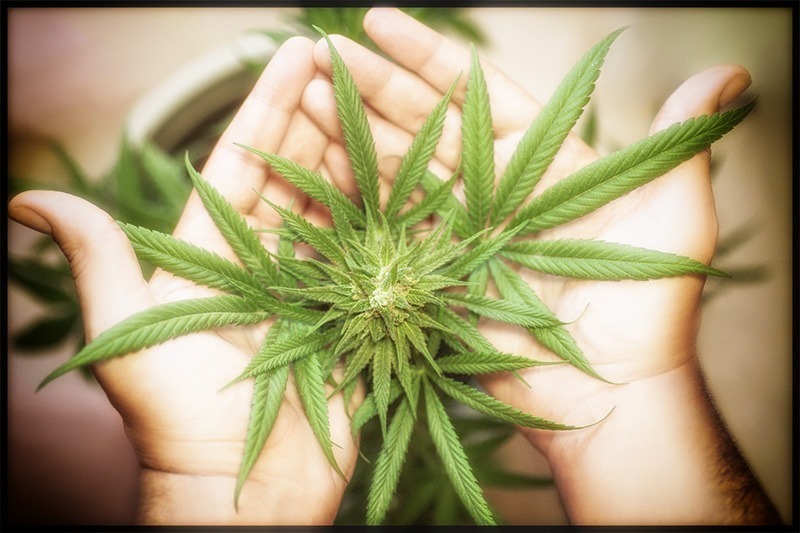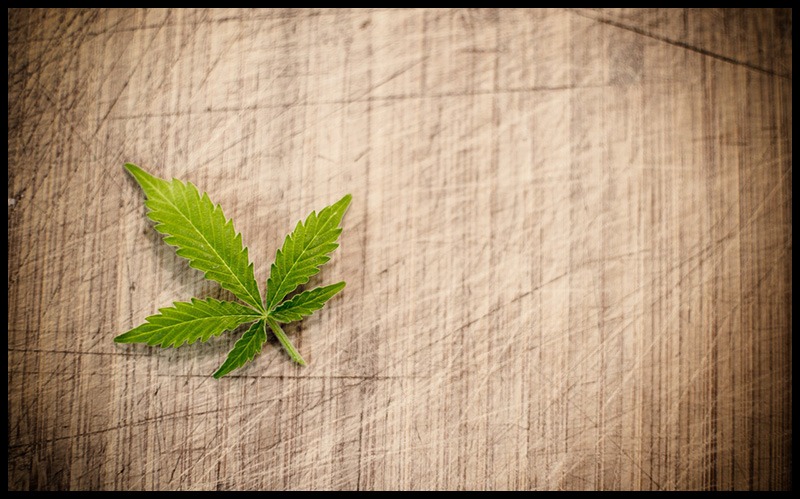Table of Contents
Mainline and manifold are methods for growing cannabis plants with eight major colas rather than one. These procedures entail topping the plant numerous times to generate a symmetrical structure. Also, they are arguably the greatest techniques for training cannabis plants. Mainline and manifold training advantages include symmetrical colas, great lateral branching, and an efficient plant structure. This article will explore on how to cultivate cannabis using the mainlining and manifold techniques.
Understanding mainlining and manifolding cannabis plants
Cannabis plants produced from seed develop symmetrical nodes with a growing tip and a fan leaf on either side of the same node early in life. While counting nodes, begin with the first genuine set of serrated leaves and work your way up. Producers often eliminate growth tips in mainline and manifold training before they can develop into much of a meaningful branch.
While they are young, they are referred to as “growth tips,” but if they are left on the plant, they will develop into branches. Tops are the major branches that reach the canopy. This is because they practically reach the top of the plant. During the flowering phase, the branches that are topped will fill with flowers and are known as “colas.” One of the key advantages of mainline and manifold training is that it produces cannabis plants with a lot of colas!
What is cannabis mainlining?
The phrase “mainline” for cannabis training is attributed to the grower “Nugbuckets,” who popularized the fundamental approach. Nugbuckets topped his plants three times to generate plants with eight equal colas. His basic topping approach defines “cannabis mainline” as a plant that has been topped three times at symmetrical nodes to create eight equal main branches or “colas.”
What is cannabis manifolding?
The phrase “manifold” for cannabis training is credited to grower “Nebula Haze,” who adapted Nugbuckets’ mainline method. Rather than topping the plants three times, her approach yields eight almost identical branches after only two toppings. It takes slightly less time to complete because it skips the third topping. Nevertheless, it needs to be more symmetrical and often only saves two or three days compared to a complete mainline. “Cannabis manifold” is a crop that has been topped twice: at the initial topping, two branches are saved. Then, four branches are kept from each side during the second topping, which leaves eight almost equal main branches or “colas.”
Why should you Mainlining and Manifolding Cannabis Plants?
The main thing is to acquire higher yields and consistent quality from your plant. That is exactly what occurs when you mainline and manifold marijuana. These methods make greater use of light, whether you’re growing your plant outdoors or beneath cannabis grow lights in the spare room or greenhouse. They also lower the likelihood of bud rot in your plant.
Other key benefits include managing the plant’s height, growing larger buds, and minimizing the quantity of ‘popcorn’ buds that squander energy. Nugbuckets, the grower credited for developing and fine-tuning these processes into a highly-engineered style, says that the best height to top your plant is when you have five nodes. Also, these techniques should not be done if the plant is taller than six nodes.
The Difference Between Manifolding and Mainlining
A basic manifold is simply topping the plant twice: the first time breaking it into four major branches, letting it develop till the fifth node on those new branches, and then topping it again, at which point you will have 20 or so colas sprouting out of the four main branches. This is not like a mainline, where you progress from one main branch to two, two branches to four, and four branches to eight.
The Best Strains for Mainlining and Manifolding
One of the goals of mainlining and manifolding is to develop equal-sized colas; thus, selecting cannabis strains (weed seeds for sale) that pair well is important. These procedures do not affect the strain’s nature since the plant will continue to grow to its full height and size. The best strains are crops with a single cola dominance, medium to tall growth pattern, and minimal secondary branching. Some examples of excellent cannabis strains for mainlining and manifolding include Gorilla Glue, Gumbo strain, Jack Herer, Black Jack, and Cannatonic.
Mainlines and Manifolds vs. Screen of Green (Scrog)
A “scrog” comprises a screen that gardeners place over their plants. The grower bends the plants back down and utilizes the screen to confine them as they grow up and through the screen. A plant can be trained to develop horizontally to cover a vast area in this manner. Scrogging helps the cannabis plant expand out, but it can limit the canopy depth. The plant in a scrog is retained at the screen’s height while it spreads out. Conversely, mainlines and manifolds grow up and out simultaneously, resulting in a broad, even canopy with adequate depth for each cola. A canopy full of tall, thick colas is the greatest approach to enhancing harvest quality and quantity.
Mainlining and Manifolding vs. Sea of Green (SOG)
A “sea of green” technique is another common way to generate a canopy full of tall, thick colas. A sea of green employs a dense plant population with no training and short growth periods. Mainline and manifold training need a longer vegetative period than a SOG grow, but they employ considerably fewer plants. A SOG grow might employ 16 or 25 plants, and a 1-2-week growth cycle in a 4×4 grow tent. Conversely, using mainlines or manifolds, you can fill the same tent with only 2 to 4 plants with 5-6 weeks of vegetative phase.
Further Reading:
How to Feed Cannabis Plants for High Yield and Great Health
Apple Tartz Strain A Cannabis Review
The Art of Pruning Cannabis Plants in 2023
What Are Hybrid Cannabis Strains?







